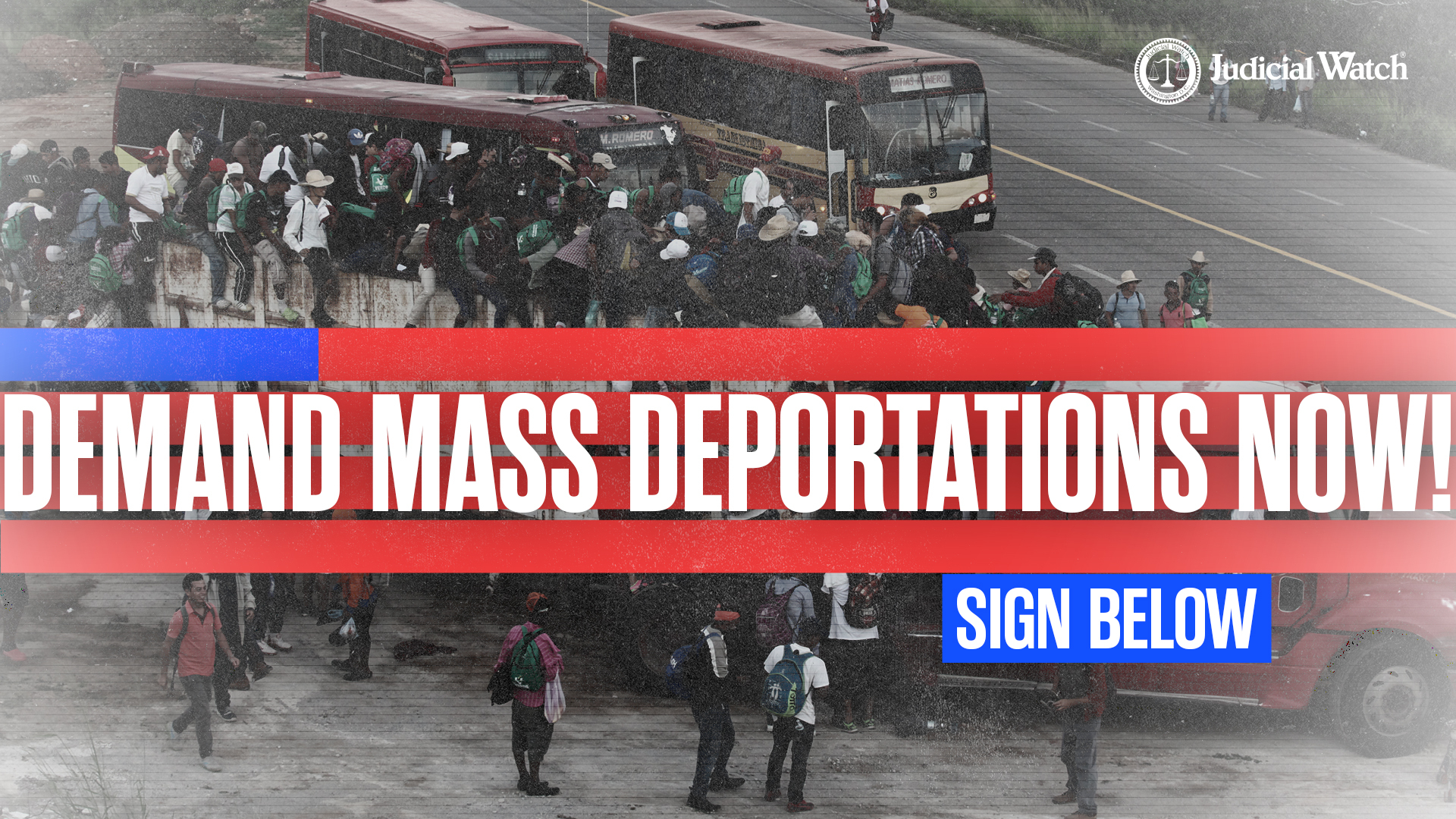
Some Fed Agencies Should Shut Down Permanently
The government shutdown has provided a great opportunity to examine some of the more obscure agencies that most Americans have probably never even heard of and that the country could likely do without. Think of all the money we could save as a nation.
Besides brining attention to these largely unheard of agencies, the shutdown—caused by Congress’s inability to agree on a funding bill—is also shedding light on just how bloated the federal government is, with an astounding workforce that’s seen nearly 800,000 furloughed this week. Some media outlets report the shutdown could cost the already frail U.S. economy about $1 billion a week in pay lost by the government workers.
Of course, this doesn’t apply to members of Congress. They will continue getting their checks and so will the president because his annual salary—$400,000—is considered mandatory spending. There are other exceptions like active duty military, all of 1.4 million of which will remain on the job and receive paychecks.
Well-known agencies such as the departments of Commerce and Homeland Security, the Internal Revenue Service (IRS), which is part of Treasury, and Housing and Urban Development are also mostly shut down. So is the Department of Education, that useless 4,195-employee monster created by Jimmy Carter. Public education is a state duty yet the agency, which has grown immensely under President Obama, is bulldozing its way towards a takeover by, among other things, issuing federal standards known as Common Core.
We can’t move on to the less-known agencies that shouldn’t even exist before mentioning that the U.S. Department of Agriculture (USDA) has six separate divisions that are closing during the impasse. The Food Safety and Inspection Service has the largest payroll (9,633), but there’s a Rural Development division with nearly 5,000 employees that provides consultations, assistance and funding opportunities for rural communities. The USDA’s 1,363-employee food stamp division will scale down but still operate to assure a record 46 million people keep getting their free groceries from Uncle Sam.
Here are some of the closures that are likely to go completely unnoticed. The Advisory Council on Historic Preservation, with 39 employees, advises the president and Congress on national historic preservation policy. The Corporation for National and Community Service will have 538 of its 610 employees stay home. We can’t really say what they do because the agency’s website is “currently not available” due to a “lapse in government funding.”
Here are a few other good ones; the Institute of Museum and Library Services, with 69 employees, will close, but not the Inter-American Foundation, which assists with development projects in Latin America and the Caribbean. The National Capital Planning Commission, which provides long-range planning guidance for Washington and nearby areas, will only keep five of its 35 employees and the Privacy and Civil Liberties Oversight Board will still function. A mainstream media outlet has provided a list of all the agencies and the number of workers they employ.
















